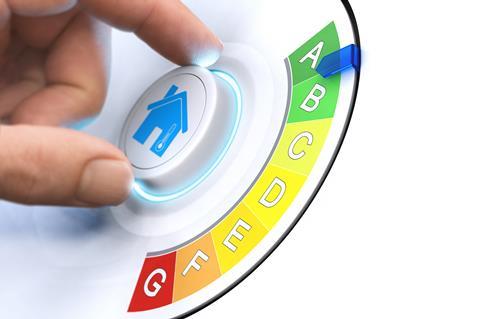The Environmental Audit Committee’s report on the energy efficiency of existing homes called for energy performance certificates (EPCs) to be overhauled.

The Environmental Audit Committee’s report on the energy efficiency of existing homes called for energy performance certificates (EPCs) to be overhauled.
After almost 15 years of collecting data on about 20 million buildings, residential and commercial, it was time to give EPCs a refresh, MPs said.
This is exactly what Elmhurst Energy and our 7,000 accredited energy assessors have been proposing for some time and achieving it is straightforward.
Step one is the redesign of the certificate itself to show three metrics instead of just the primary focus on the A to G rating, which is a cost-based metric — an indication of how much a property should cost to run. That metric has its uses and the tendency to write it off as inaccurate is too often based on misunderstandings about the calculation methodology behind EPCs. But it’s time to bring two other metrics to the fore — a carbon measurement and energy use indicator.
Taking inspiration from food labelling, we can create a new EPC that covers cost, carbon and energy in a clear visual format and can make these widely accessible via the new Energy Performance of Buildings Central Register.
Step two is to increase the frequency of EPCs and reduce their expiry date from 10 years to three. This will give more comprehensive and up-to-date coverage, needed urgently to inform future energy efficiency improvement strategies.
Step three is to combine EPC data with more real-time measurement of building energy performance. This can be achieved through technologies such as SmartHTC, which uses smart-meter data to help close the gap between calculated and actual energy demand. Occupancy assessments could then be used to help households understand their energy consumption and how to reduce it.
Martyn Reed is managing director at Elmhurst Energy






























No comments yet